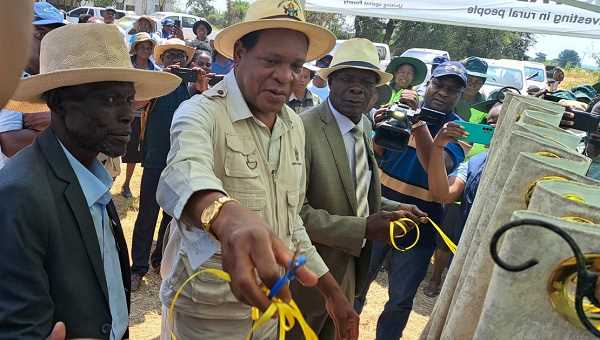
Edmore Zvinonzwa
Climate change is indeed a reality if there were any few doubters, given how widespread and intense its impacts have reflected around humanity.
The El Niño-induced drought, which has affected not only Zimbabwe but other countries in southern Africa as well, has had a negative bearing on the food security situation in the region, Zimbabwe included.
There has been a lot of misinformation on the real status of the available grain stocks in the country given that several people with different agendas have brought varying statistics, including that there is no maize in Grain Marketing Board silos nationwide.
“I read this on social media that all the silos in the country are empty,” said Josh Chitedza, who works in the Avenues area of Harare.
Government has announced that it was mobilising resources to purchase extra grain to augment available stocks with President Emmerson Mnangagwa assuring the nation that no one will starve.
In his New Year address at the State House in Harare in January, President Mnangagwa said one of the top priorities for his government was to put more land under irrigation to mitigate the effects of climate change and enhance food security.
“The Second Republic continued to deliver in 2023, consolidating our gains in self-sufficiency through the prioritisation of investments in agriculture, mining, manufacturing, tourism and infrastructure, among others, to spur economic growth and improve the quality of life for our citizens,” he said.
“With regards to mitigating the effects of climate change and enhancing food self-sufficiency at the household level, more land was put under irrigation. I commend our farmers for the unprecedented harvests which have seen our nation become food secure.
“Our Pfumvudza/Intwasa farming model continues to grow from strength to strength, with our counterparts in the region and beyond emulating it as a model for food security.”
Mnangagwa further noted that to improve access to water, especially for the rural communities, several dams have been completed under the Presidential Borehole Drilling Programme.
“During the past year, several dams were completed, and the accompanying irrigation schemes commissioned. This was complemented by the Presidential Borehole Drilling Programme, which targets sinking a solar-powered borehole as well as the establishment of a nutrition garden and business unit in each of our country’s 35 000 villages,” he said.
It was impressive though that Cabinet two weeks ago spent quite some time discussing the issue around food security in the country and it is hoped local leadership down the line will carry the President’s pledge of ensuring no one starves.
However, repeated droughts have taught Zimbabweans adequate lessons at individual, household, community and national levels.
An analysis of what happens on the ground does not reflect interventions that show an acquisition of these key lessons.
Related Stories
People must start to move away from over-dependence on rain-fed agriculture, which is subjected to multiple vagaries of the weather, including climate change, a phenomenon that has caused ramifications across the world.
In the past couple of years, several dam projects have been completed in the country, which include Marovanyati Dam in Buhera District and Chivhu Dam in Chikomba.
Zimbabwe had an under-utilised dam infrastructure, especially for those water bodies that lie in the country’s driest regions like the Matabeleland provinces, Masvingo and the southern-most parts of Manicaland, northern parts of Mashonaland Central, which constitute the biggest chunks of agro-ecological regions four and five.
The dams that lie close to these areas must be used optimally for irrigation purposes. When dams such as Mutirikwi were constructed, the primary purpose was to make them benefit sugar estates in the lowveld.
Communities around the dam – Chivi, Nyajena and Zaka must benefit from them by way of irrigation water, thereby transforming the lives of the people.
Although Siya and Manjirenji do have some irrigation schemes near them, there is need to make the water available to the communities around.
Government says it has plans to up land under irrigation by about 71.3% from 204 300h in 2022 to 350 000h in 2025, according to statistics availed by Acting Director (Communications and Advocacy) in the Ministry of Lands, Agriculture, Fisheries, Water and Rural Development, Barbra Machekano.
However, more can still be done to ensure Zimbabwe regains its status as the bread basket of the region by ensuring that the total of 10 700 water bodies will be able to irrigate the 2 million hectares of irrigable land in the country.
The responsibility to develop irrigation schemes does not only lie on the shoulders of government. The corporate world could also come in with structured programmes such as Build Operate and Transfer that has worked in other sectors in the country to buoy Public Private Partnerships.
Currently Government should extend the dam construction programme to include smaller reservoirs, especially in rural communities and help them with proper irrigation infrastructure that should come in handy in irrigating smaller farms and gardens.
When it rains, most of our water flows away to the sea and yet there is a way in which it can be harnessed for future use, which brings in the concept of water harvesting.
The government’s Smallholder Irrigation Rehabilitation Programme is a step in the right direction.
While commissioning the 169-hectare Exchange Irrigation Scheme in Kwekwe under the SIRP, Lands, Agriculture, Fisheries, Water and Rural Development, Dr Anxious Jongwe Masuka said the work done at Exchange could be replicated across the country.
“Through the collaborative efforts of government, the OPEC Fund and IFAD , we have rehabilitated the scheme. What we are witnessing here is an eight to nine tonner crop. This can be replicated across the country and this is where scheme business viability determines profitability and this where production and productivity are linked to the President’s vision that agricultural production must cause rural industrialisation, causing rural development for the attainment of Vision 2030. So indeed, it is possible to revolutionise development through such interventions. It is climate proofing agriculture through innovation.”
Government should also continue to lead the way in educating people on the importance of harvesting water and even lead the way with expertise that is critical for such a project.
Reservoirs must be constructed at homesteads and in communities. These can be used for irrigating vegetable gardens in times of need, something that can prove in terms of its nutritional value.
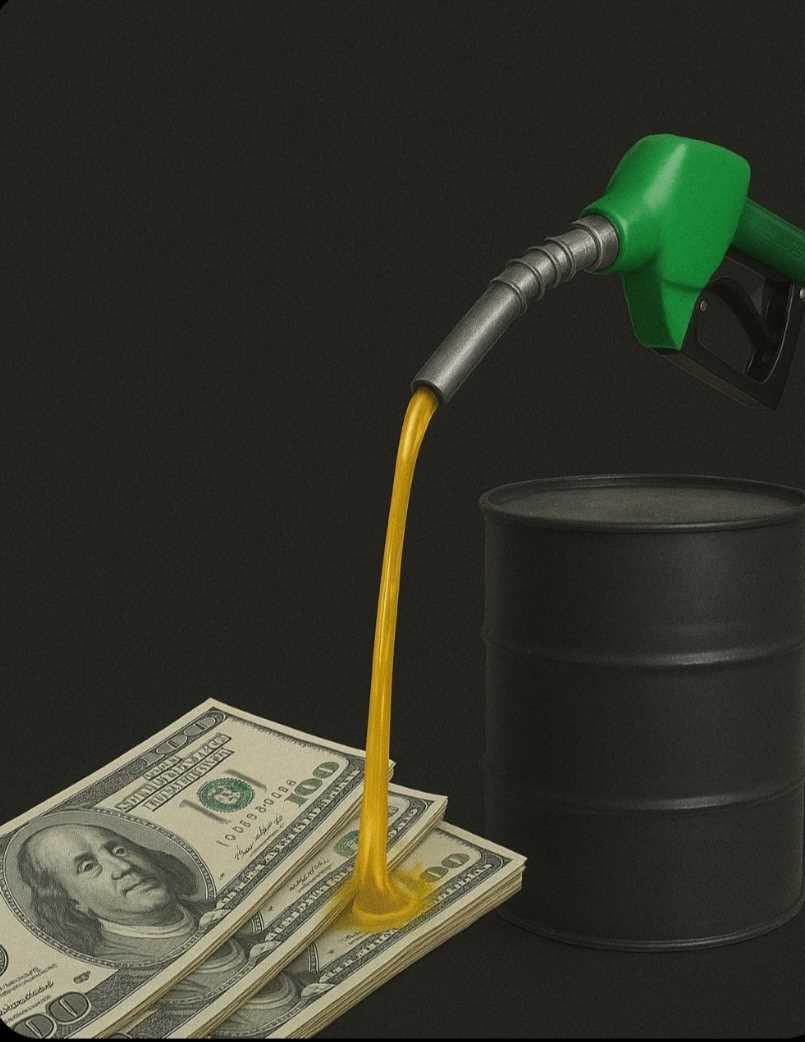



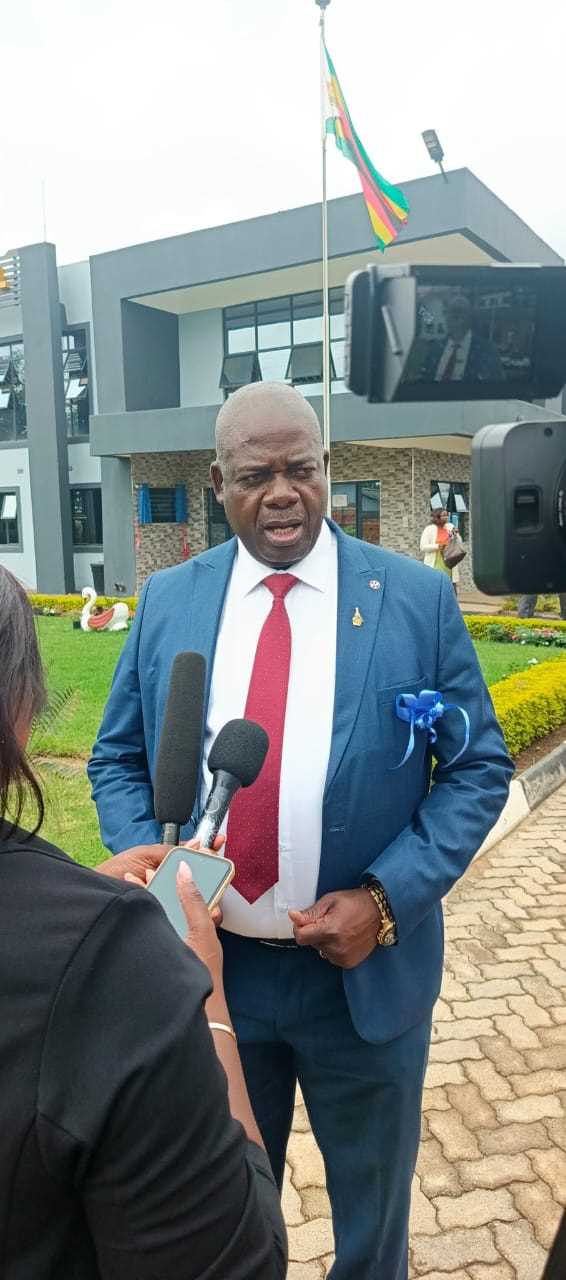





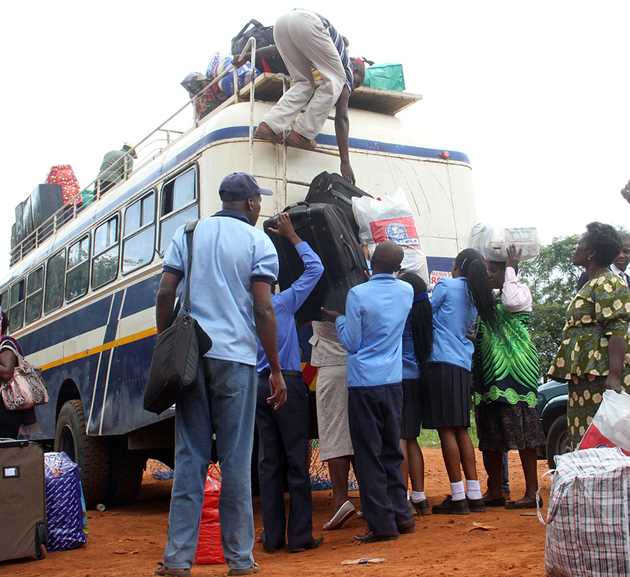
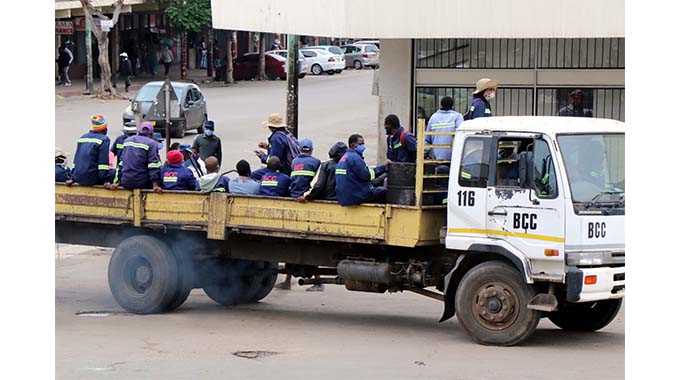
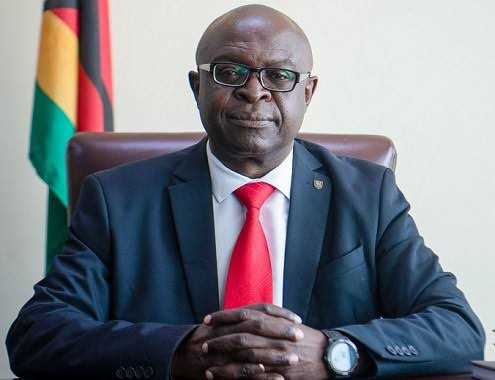


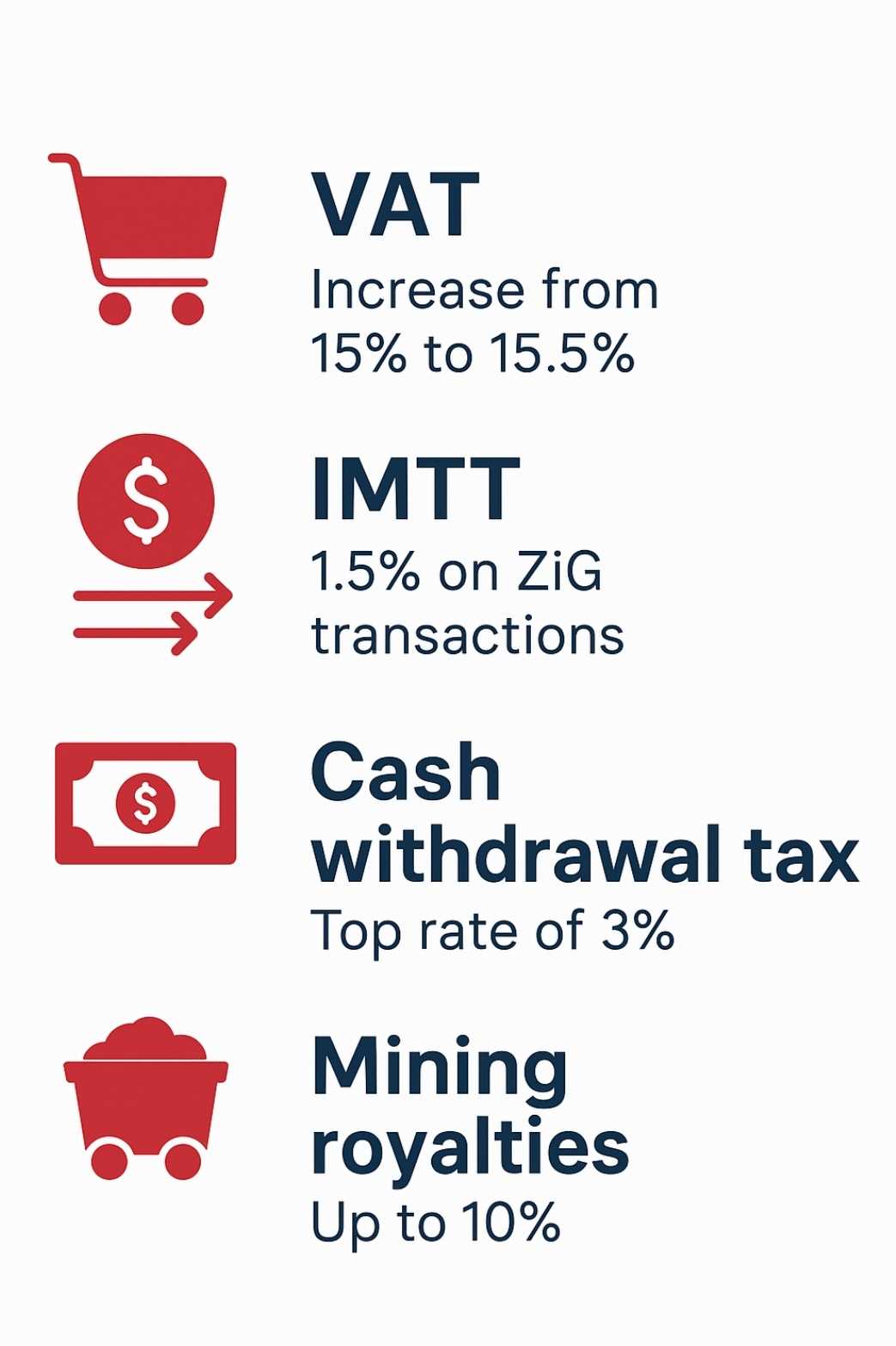




Leave Comments